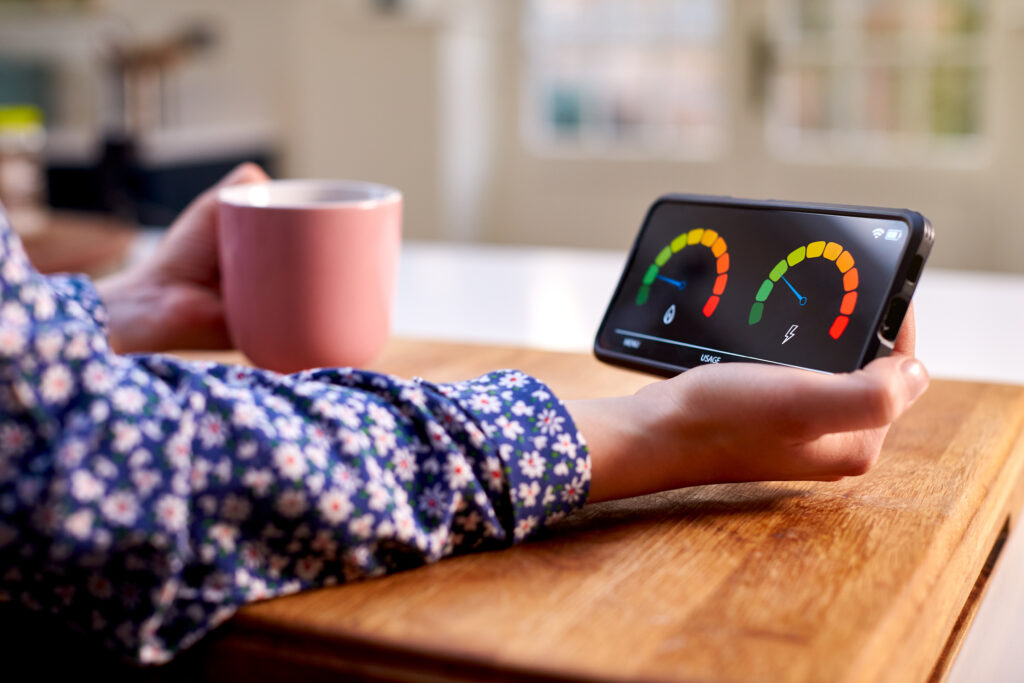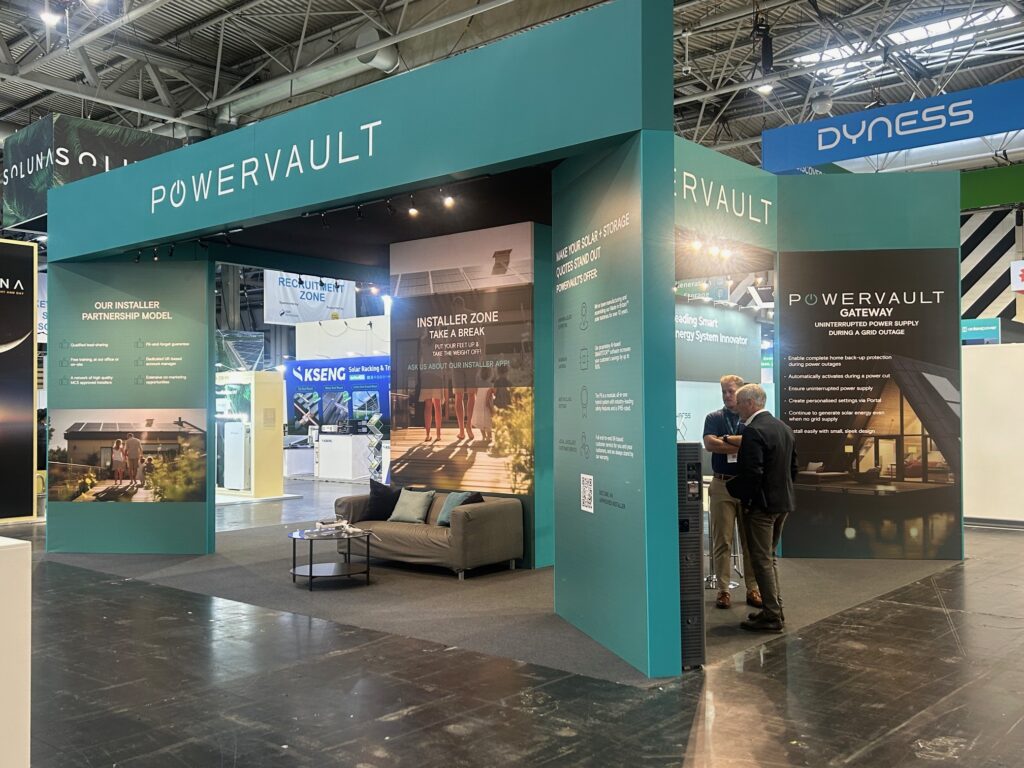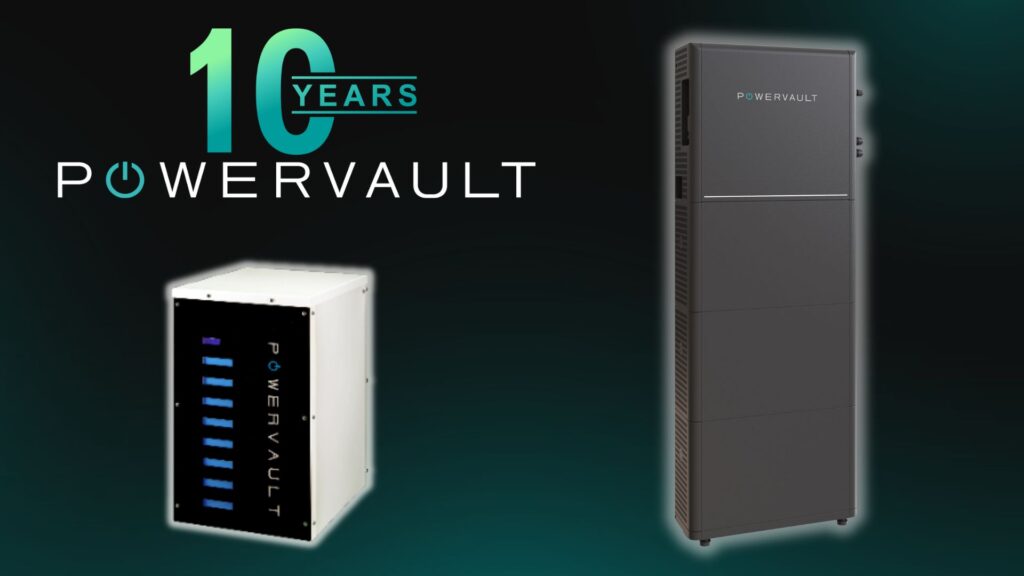
InsightPowering Solar Battery Innovation
It’s ten years since we launched our first energy storage battery the G100, and it’s interesting to consider how the product has evolved since then – and what’s stayed the same. Over the last ten years we have seen a lot of batteries all the way through their warranty and have taken a lot of learnings from the early days into the product to improve it.
Product Sizing
The first Powervault solar batteries had a 2kWh or 4kWh lead acid battery and a 0.6kW inverter! Today’s mo dels are much more powerful – with 3.6kW and 6kW inverters and a range of sizes from 4kWh up to 24kWh, but one thing has not changed. We have always believed in giving customers the choice to “right size” their battery. A 12kWh battery can be sledgehammer to crack a nut when you consider that the average daily energy consumption in the UK is around 8kWh and of course, that means a lot of people have lower consumption. Thinking of my own house, my consumption is around 7kWh per day. I’ve started with a 10kWh solar battery because I anticipate increasing my electricity usage – and I know I can upgrade further in future – all the way up to 20kWh for my model.
Form factor
Our first solar battery systems were the same shape as a washing machine or dishwasher. Today we have much slimmer products which pack a lot more energy storage into a small space.
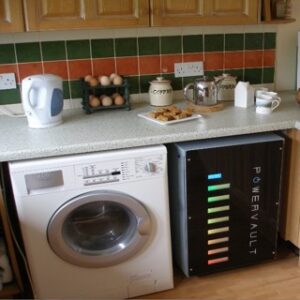
The original Powervault
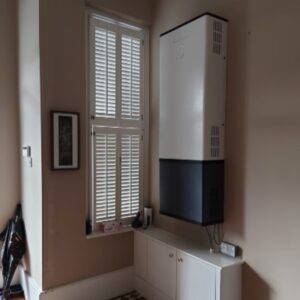
A PV Compact
Portal and smart control
We have a much better and more intuitive user interface with our current range of products than we had back in 2014. As well as providing basic information, customers can now set a schedule on their battery to make it charge at off peak times.
Today we also have our cloud based energy management solution which automatically learns about customers’ energy usage, keeps an eye on the weather, and optimises the charging pattern to maximise savings. It can also work with time-of-use tariffs where there are lots of different prices during the day – sometimes taking advantage of zero or negative electricity prices which occur on these tariffs – meaning that some customers are paid to charge their battery up on certain days! During studies over the last 12 months we estimate that can save customers 90% more than not charging up over night and 40% more than setting their schedule manually.
Tariffs
Back in 2014 there were no smart tariffs. Indeed the fundamental mechanism that makes smart tariffs possible was not introduced until 2016. Back then customers typically used “economy 7” and solar power to charge their batteries. Today, with smart meter integration, customers have access to a wide range of tariffs. These can really boost the value of a solar battery, especially when matched with our SMARTSTOR™ control technology.
Battery chemistry
Ten years ago we set out our vision to be battery chemistry agnostic. This allows us to explore different types of battery and pick the best ones for our customers. In our lab we have been continuously testing a range of battery technologies for over seven years. In 2014 we started with lead acid batteries with a limited lifespan of five years and 1,500 cycles. We have launched a range of lithium ion batteries over the years and are now offering lithium ion “LFP” cells with a life of up to 6,000 cycles and a ten year warranty.
AC and DC connection
Back in 2014 most batteries were sold to be retro-fitted to solar panels. For this reason our system was “AC connected” – meaning that it could be easily retrofitted to any solar PV system – and was in effect “universally compatible”. I think we were the first, or one of the first, to offer a system like this. Nowadays a lot of customers are fitting solar panels for the first time which requires a “DC connected” battery and Powervault can operate very well in either scenario.
Summary
We have always had a passion for helping customers to find the right energy storage solution. We have a wealth of experience and knowledge and we have applied this in our product. We’d be happy to offer our expertise to help you on your journey to net zero. Give us a call.
Read more...Recent insight
Energy insight in your inbox
Subscribe to Powervault’s email newsletter and be the first to hear about new products, plus get all the latest news, analysis and insight from Powervault.
